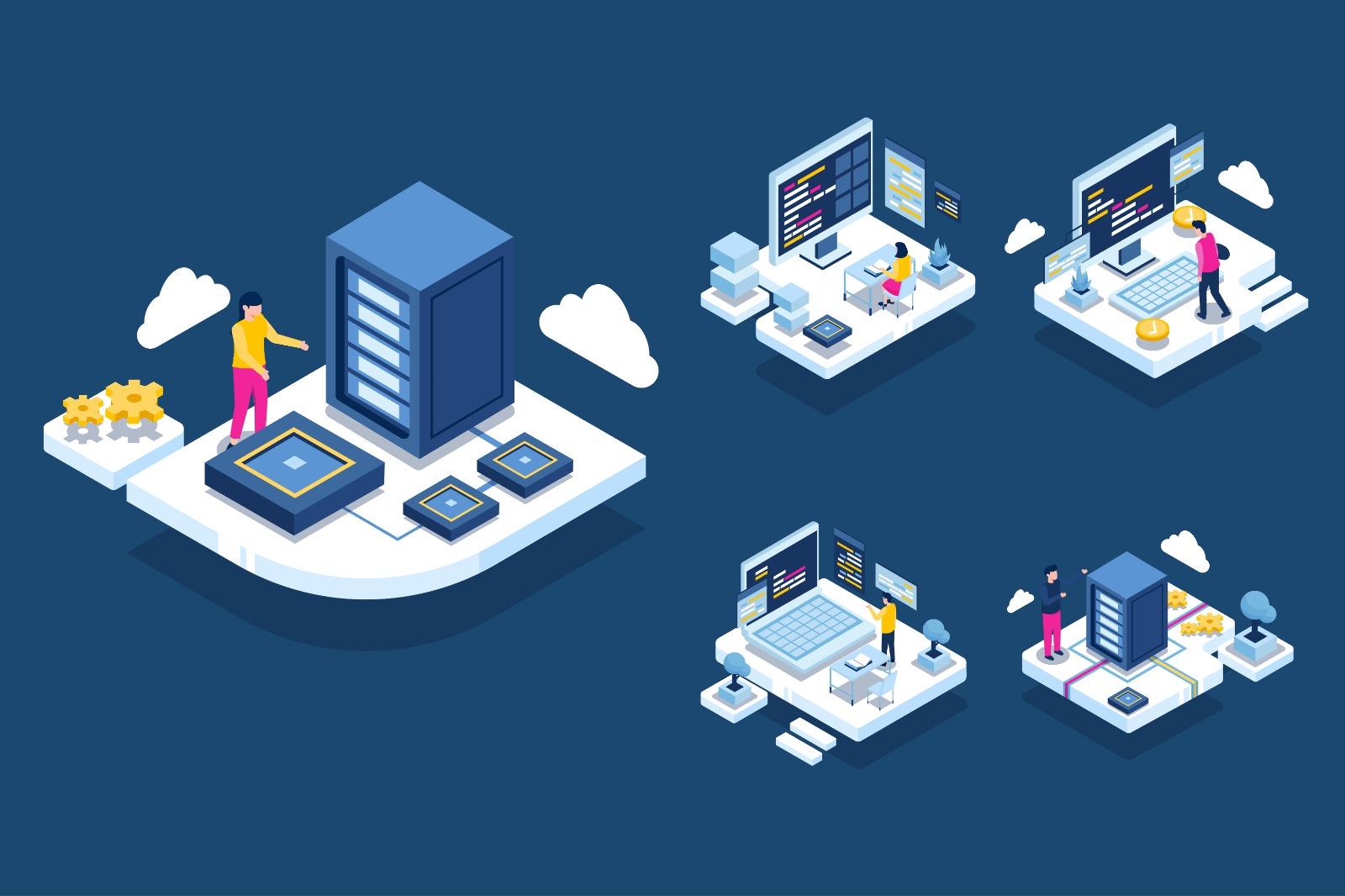IT Service Management Software (ITSM)
IT Service Management, often abbreviated as ITSM, refers to the strategic planning, efficient implementation, and streamlined management of information technology services tailored to meet user needs and propel organizational objectives. By speeding tasks such as service requests, IT support, asset management, and change oversight, IT Service Management software drives enhanced user experiences and heightened productivity across IT infrastructure. There’s more to it! It also serves as a catalyst for aligning IT initiatives with overarching business strategies, meeting regulatory compliance, and mitigating risks through robust controls integrated into service delivery and management processes.
At its core, the ITSM from Triforce GS, strives to optimize the deployment, operation, and governance of all IT resources, catering to a diverse user base spanning customers, employees, and business associates. These resources encompass a wide spectrum of hardware, software, and computing assets, ranging from individual workstations and software applications to cloud services and virtual servers.

IT Service Management software: Processes & Practices
Incident Management: In ITSM, an incident refers to an unforeseen disruption or outage in service. Incident management entails promptly addressing such incidents, with the aim to restore service functionality while also minimizing adverse effects of it on business operations and on the users.
Problem Management: When multiple incidents stem from a shared root cause, problem management comes into play. An IT Service Management software outlines the procedure for investigating, analyzing, and remedying the underlying problem to prevent its recurrence.
Change Management: Change management refers to implementing best practices to mitigate service disruptions, compliance risks, and other potential drawbacks arising from alterations made to critical systems.
Configuration Management: Configuration management involves tracking hardware and software components. So, a configuration management database acts as a centralized repository that maintains records of all IT assets and their interrelationships.
Service Request Management: Employees, customers, or partners often submit service requests for new assets, permissions, or licenses. Service request management streamlines the process, leveraging automation and self-service capabilities to expedite approvals or denials.

Service Catalog: Integrated with service request management, a service catalog serves as a user-friendly directory showcasing available IT services across the organization, accessible through a menu or portal interface.
Knowledge Management: Knowledge management encompasses identifying, organizing, storing, and disseminating information within an organization. A searchable, self-service knowledge base serves as a tool, providing users with comprehensive access to IT service-related resources.
Service Level Management: Service level management oversees the creation, monitoring, and administration of service level agreements (SLAs). These agreements delineate the expected service quality and associated consequences for non-compliance.
IT Service Desk: As the central hub for managing incidents, problems, and requests, the IT service desk in ITSM surpasses traditional help desk functions. It also oversees software licensing, vendor relationships, pricing, and self-service portals and knowledge bases.
Some FAQs about IT Service Management software
Can your ITSM solution be customized to meet our specific needs?
Yes, our ITSM solution is highly customizable to align with your specific requirements. From configuring workflows to tailoring forms and fields, our platform offers flexibility to adapt to your unique business processes. Additionally, we provide comprehensive support and guidance to ensure that the customization process is seamless and effectively addresses your organization’s needs.
What kind of reporting and analytics capabilities does your ITSM solution provide?
The IT Service Management software we provide at Triforce GS, offers robust reporting and analytics capabilities. It provides comprehensive insights into key performance metrics, service trends, and user behavior, empowering you to make data-driven decisions and optimize IT service delivery. With customizable dashboards, real-time monitoring, and detailed reports, you can gain valuable visibility into your IT operations and continuously improve efficiency and effectiveness.
Can your ITSM tool integrate with our existing systems and applications?
Yes, our ITSM tool seamlessly integrates with your existing systems and applications. Triforce GS ensures compatibility with a wide range of platforms, including CRM system, ERP software, cloud services, and more. Our flexible integration capabilities streamline workflows, enhance data sharing, and maximize the value of your existing IT infrastructure, providing a cohesive and unified experience across your organization.
How user-friendly is your ITSM software, and what kind of training and support do you provide?
Our TSM software is designed with user-friendliness in mind, featuring an intuitive interface and streamlined workflows. We offer comprehensive training programs tailored to your team’s needs, ensuring smooth onboarding and proficiency. Additionally, our dedicated support team is available around the clock to provide assistance and guidance, ensuring optimal usage and satisfaction with our software solution.
What security measures does your ITSM solution employ to protect sensitive data?
At Triforce GS, our IT Service Management software prioritizes data security with robust measures in place. We employ encryption protocols to safeguard sensitive information, implement access controls to regulate user permissions, and regularly undertake security audits and updates to mitigate potential risks. Rest assured, our ITSM solution is designed to maintain the confidentiality, integrity, and availability of your valuable data at all times.
